Double faults: A minor irritation for Shapovalov; a nightmare for Sabalenka
Denis Shapovalov and Aryna Sabalenka have both been double-faulting a lot at this year’s Australian Open. But it seems to be affecting them very differently
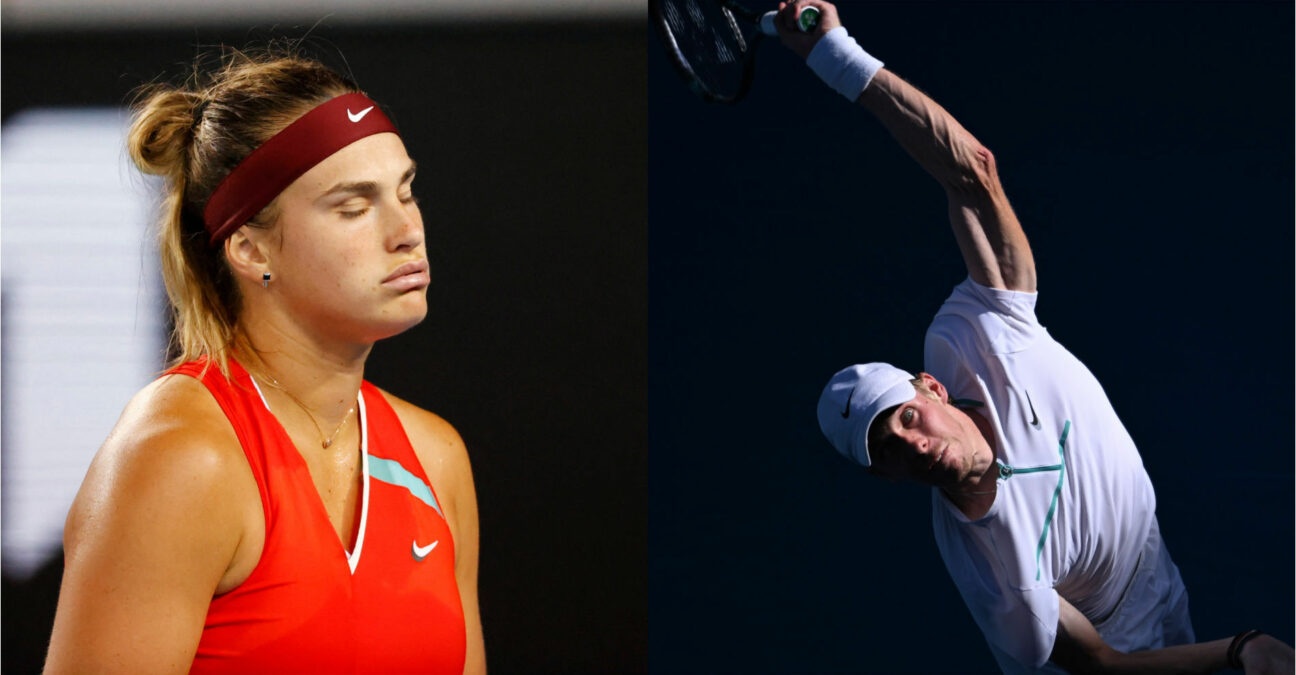 Aryna Sabalenka and Denis Shapovalov
Aryna Sabalenka and Denis Shapovalov
In theory, the serve is the only part of the game that is unaffected by the opponent. Throw the ball up and hit it.
It sounds simple, but at this year’s Australian Open, two players have been finding life on serve tougher than most, with double-faults littered through their matches.
But for Denis Shapovalov and Aryna Sabalenka, two of the biggest culprits at this year’s Australian Open, the way they have dealt with double faults, mentally, could not be more different. While Shapovalov has been able to ignore them, seemingly, on his way to the quarter-finals for the first time, women’s No 2 seed Sabalenka crashed out of the tournament in the fourth round, hitting 15 double faults as her serve fell apart.
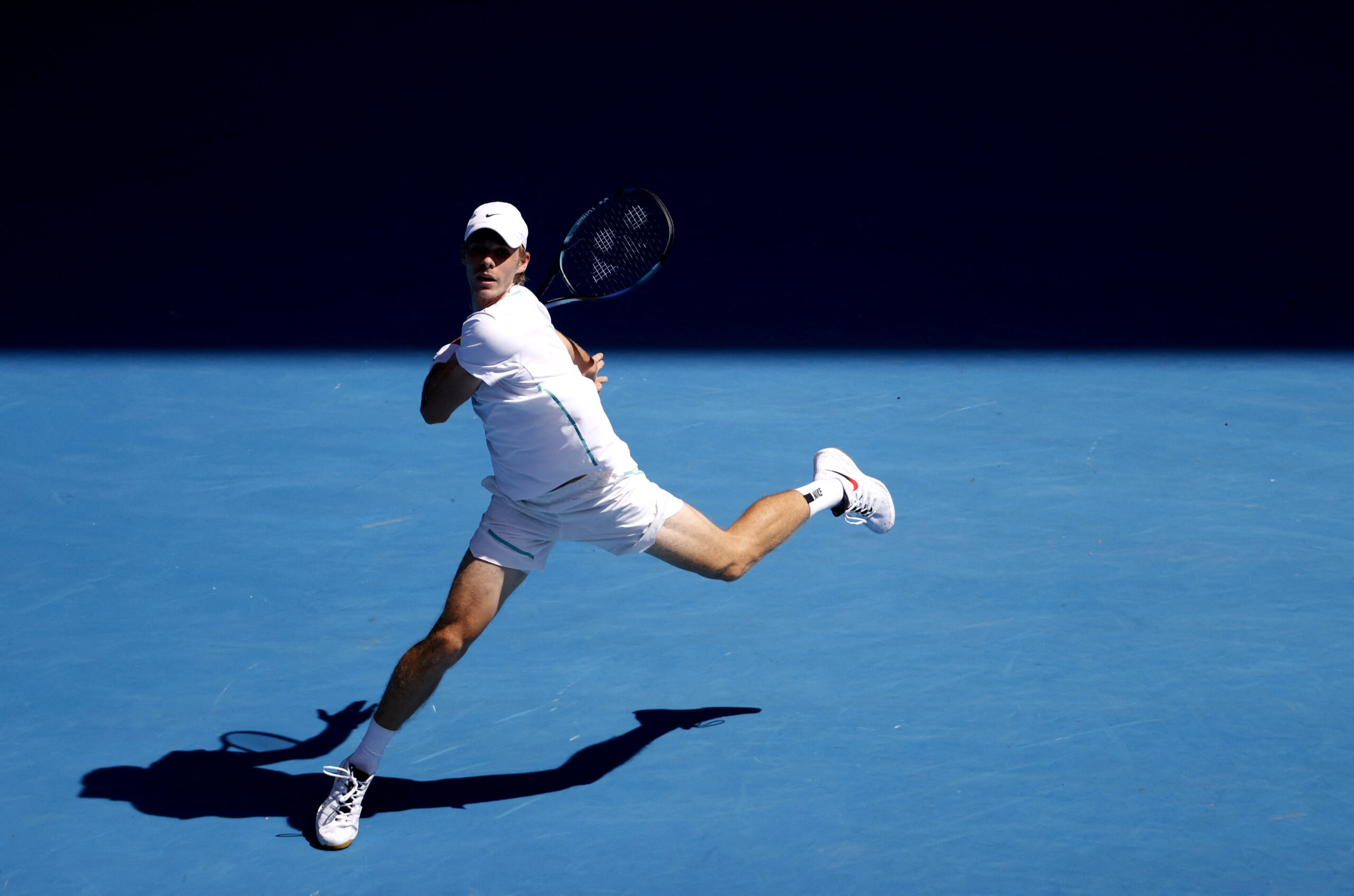
Shapovalov has a double-fault issue, but he’s not bothered
Shapovalov has the kind of game that may one day make him the world No 1. As Rafael Nadal, who plays him in the quarter-finals on Tuesday, said: “He could win multiple Grand Slams”.
But the left-handed Canadian also has a double-fault problem. In the past four years on the ATP Tour, Shapovalov has been in the top three for double faults three times. He was third in 2018, second in 2020 and third last year. In his four matches so far at this year’s Australian Open, Shapovalov has hit 31 aces, putting him third in the men’s event behind Maxime Cressy ( who tops the list with a whopping 54).
It’s a game of mistakes. It’s always kind of nice you’re allowed to make mistakes and keep going for it.
Denis Shapovalov
However, Shapovalov seems unbothered by the whole thing. Instead, he’s actively embracing it, knowing that his double faults tend to come when he’s going for it, part of his aggressive game that will bring him plenty of success. He’s in the top 10 at this year’s Australian Open in terms of aces, eighth in terms of top serve speed and seventh when it comes to percentage of first serve points won.
More importantly, perhaps, he knows he double faults a fair bit but is not letting affect his game, as his straight-sets win over No 3 seed Alexander Zverev showed. He also more than cancelled out the double faults in three of his four matches.
“It’s a part of tennis,” Shapovalov said, when asked by Tennis Majors. “I like to go for it, and for sure, I mean, it’s not ideal, but it is what it is and you have to move on from it and try to play the next point obviously. I’d like to not be missing any shots or hitting any double faults, but unfortunately, that’s the game of tennis. The way I look at it is, it’s a game of mistakes. So it’s always kind of nice that you’re allowed to make mistakes and just keep going from it.”
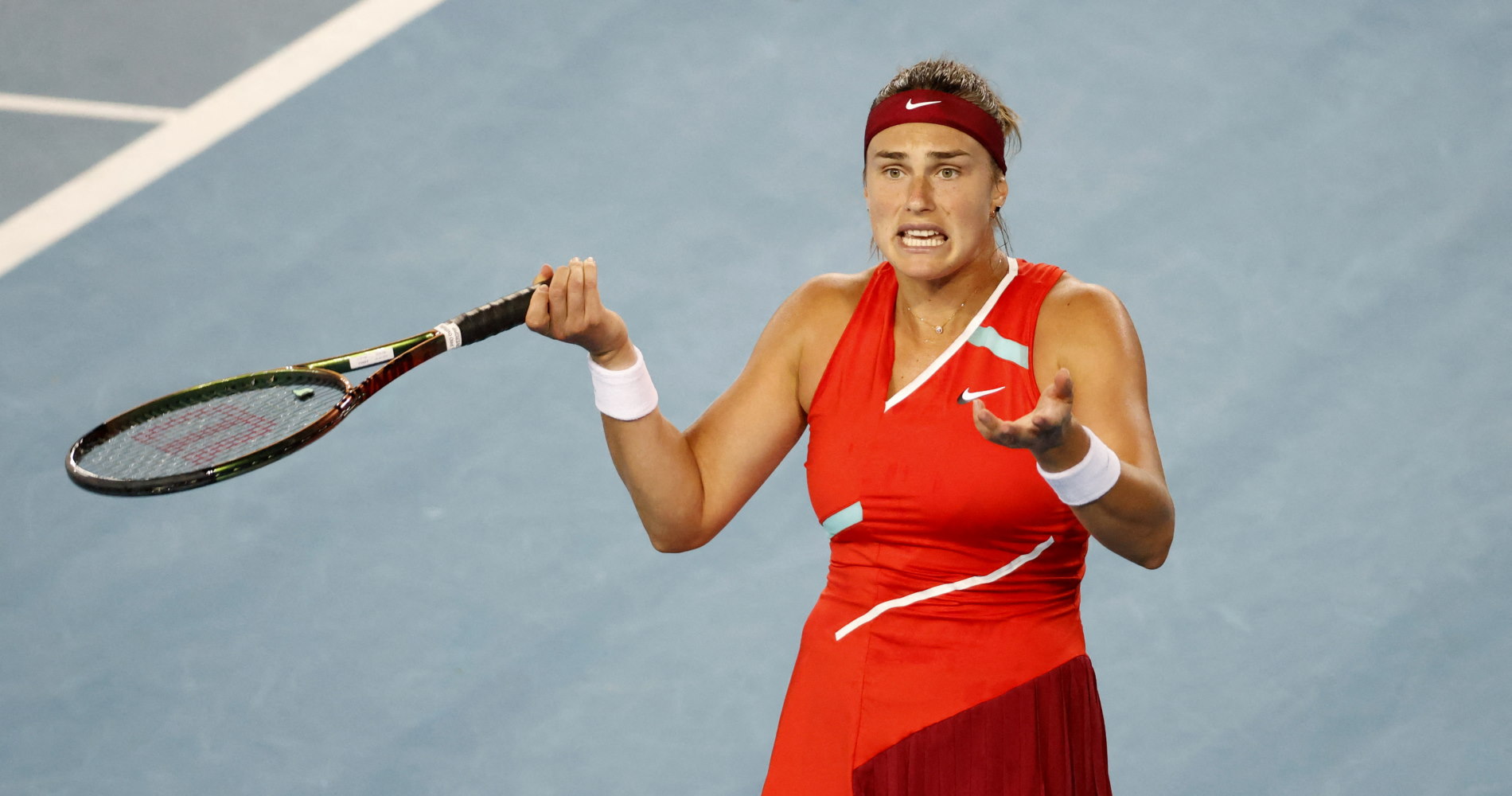
For Sabalenka, it’s a mental battle
After such a strong end to the year, Aryna Sabalenka began 2022 with many people tipping her to win her first Grand Slam title. With a huge first serve, massive groundstrokes and growing belief, it seemed like she was in the ideal place to get that first big win.
But in the warm-up events in Adelaide, she hit 18 double faults in one match and 21 in the next, leaving her mentally shattered as she began her Australian Open campaign.
That she was able to make it as far as the fourth round was a testament to her mental strength and when she laughed it off after her third-round win, it seemed like she was working her way through the issue.
No trade-off for Sabalenka in aces, free points
But in her four matches, Sabalenka hit 56 double faults, more than twice that of the next worst (Paola Badosa, with 24). Fifteen of them came in her fourth-round match with Kaia Kanepi of Estonia, including three in one game when she had got back on level terms at 4-4 in the decider.
Unlike Shapovalov, her 20 aces in four matches were no match for the 56 doubles, while she is not in the top 20 in terms of first serve points won, nor second serve points won. The double faults, therefore, weighed even more heavily. Also unlike Shapovalov, Sabalenka’s double faults tended to come when she decelerated, sending the ball into the net, a tell-tale sign that a player is tight.
“I think it’s more mental, because I put a lot of pressure on myself about my serve, and the last matches I was trying to control everything on my serve; my legs, my arm, the ball toss. And it was overthinking,” Sabalenka said after her third-round match.
I have muscle memory and I just have to trust myself
Aryna Sabalenka
Sabalenka asked Mark Philippoussis, one of the biggest servers in his time on the Tour, for help and thanked him for helping her survive the first few rounds. And in the off-season, she also worked hard on the service motion.
“We worked a lot,” she said. “We worked a lot on serve. But it’s not about my serve. If you see me serving on practice court, it’s perfect. It’s amazing serve. I just, I think it’s all about in here (her head.) I was thinking a lot on my serve. I was, I tried to control everything and this is not how it works. I have muscle memory and I just have to trust myself.”
Shapovalov lives to fight another day; for Sabalenka, it’s back to the drawing board.


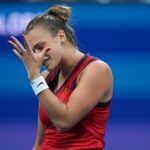


People in this post
More tennis news
Tennis Majors launches new WhatsApp channel: Join us now!

“Playing here is very special” – Alcaraz confirms he will play Madrid

“I can do big things on clay” – Medvedev confident after breakthrough 2023 clay-court season
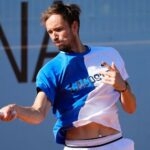
Madrid Open: Wang books spot in second round with hard-fought win over Bogdan

Madrid Open: Schmiedlova knocks out Kenin to reach second round



